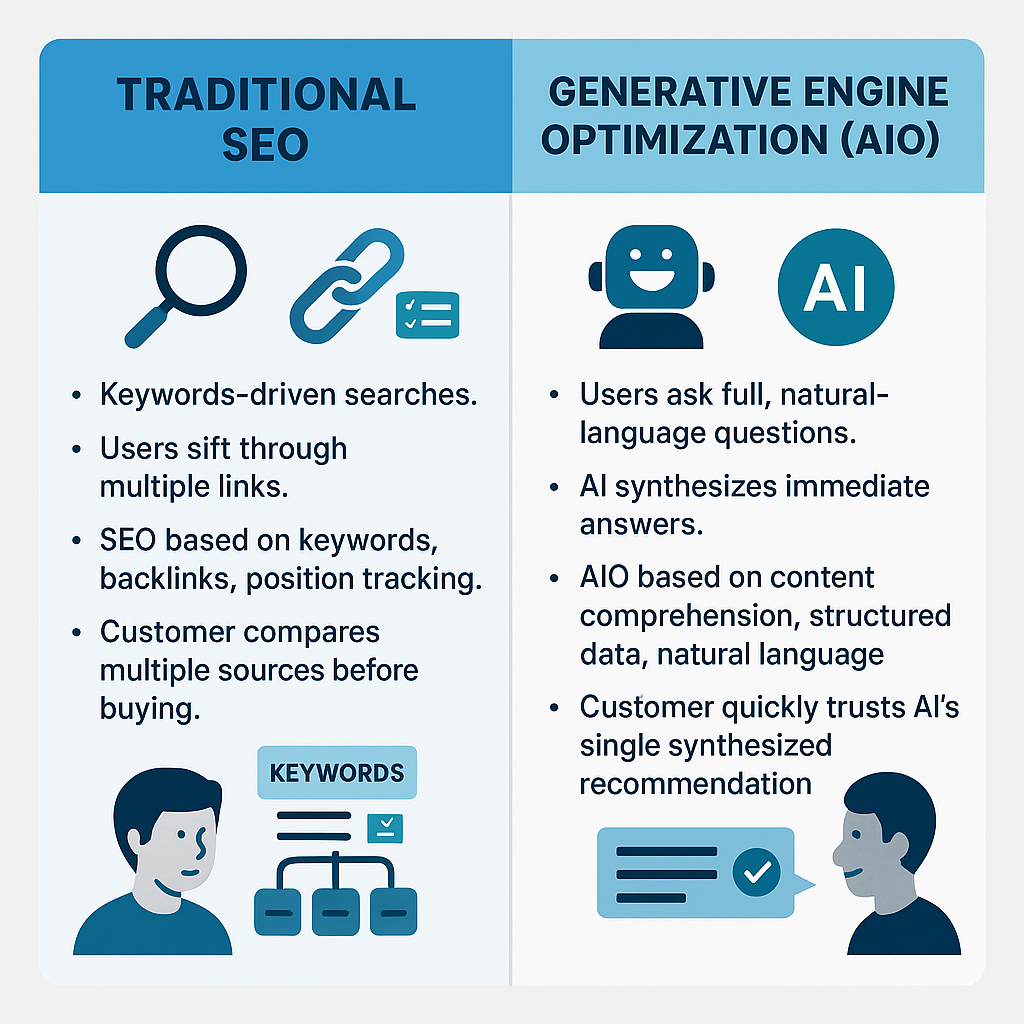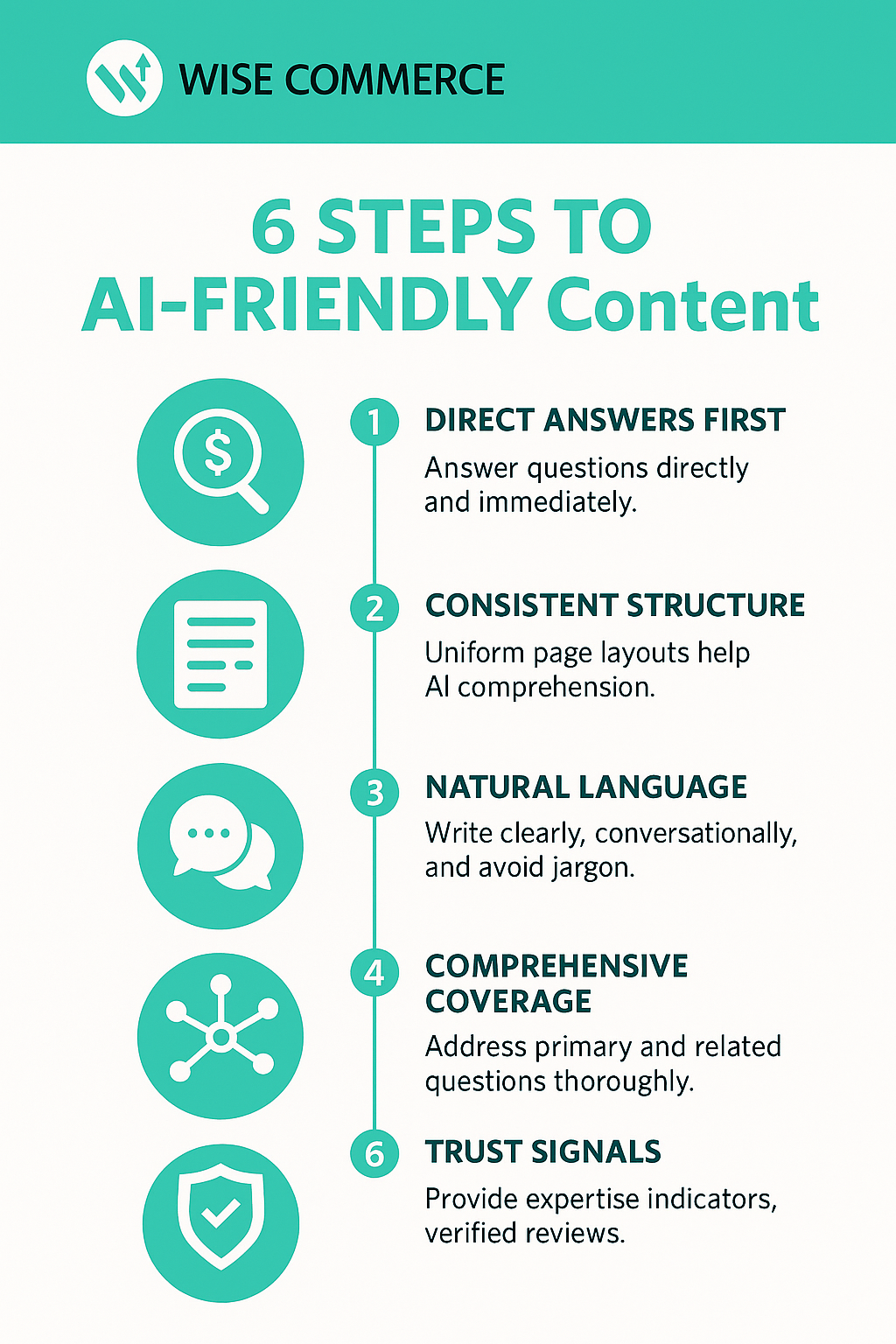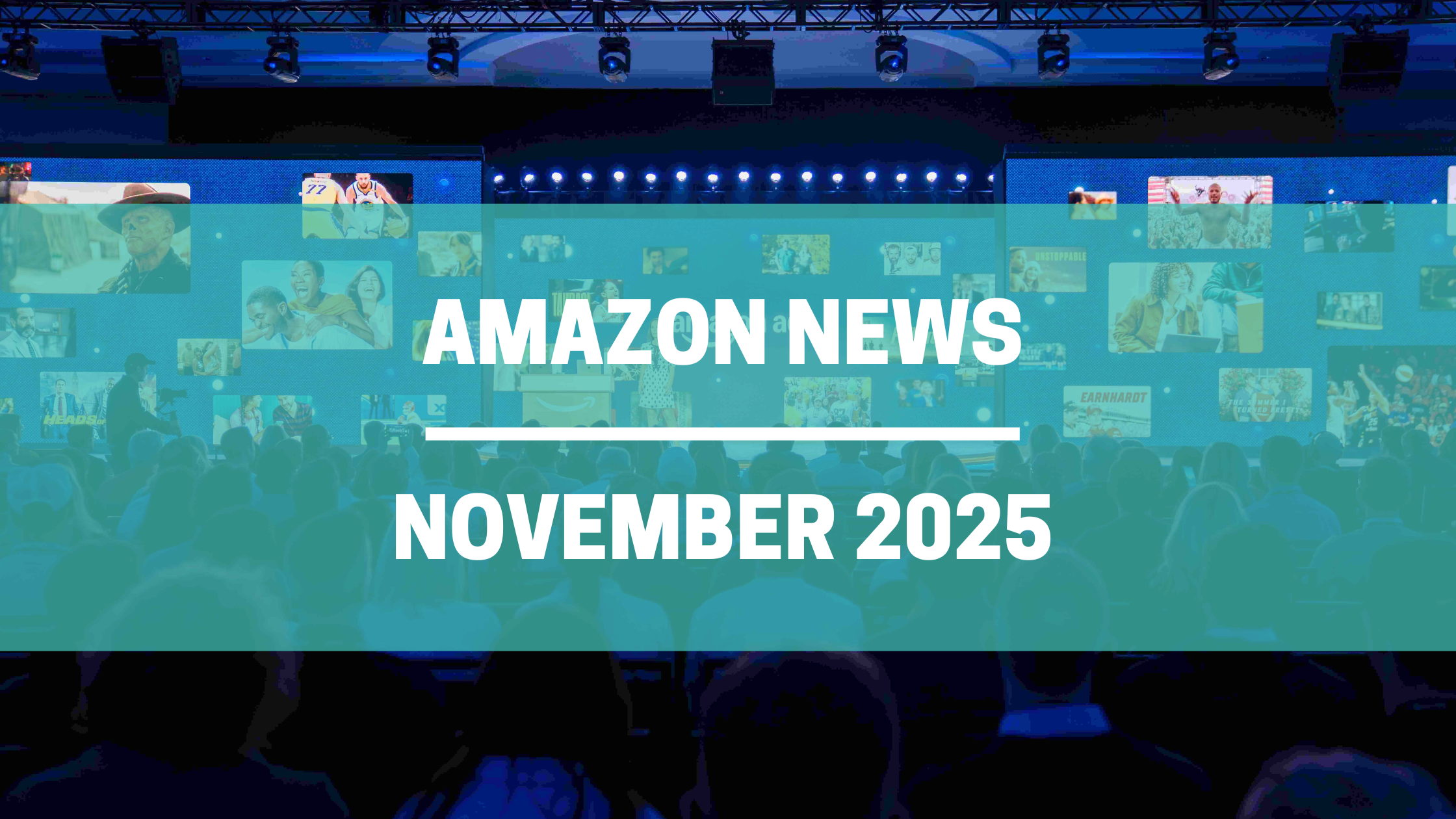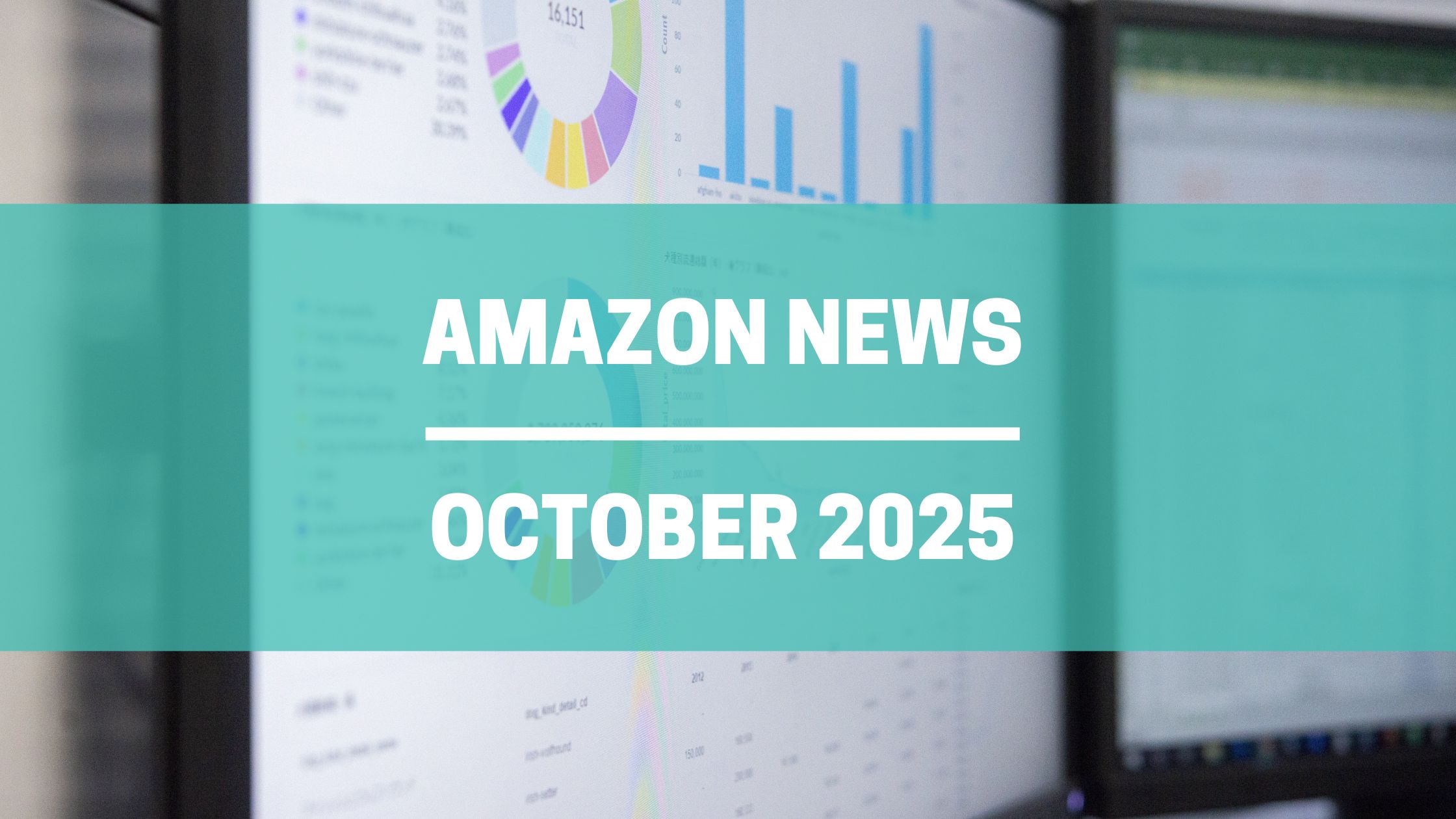By Alexandra Roskin | Wise Commerce Content Marketing Manager
Google’s launch of AI Overviews earlier this month, marked a turning point. The line between traditional search and AI-powered responses no longer exists. For brands that have invested years in SEO, it’s time to understand AIO: Artificial Intelligence Optimization.
Search Behavior is Fundamentally Changing
People want instant, synthesized answers, not lists of links to explore. Instead of using keywords, more and more users now ask complete questions: “What are the best running shoes for flat feet?” instead of “running shoes flat feet.” This change of behaviour has a deep impact on how the internet facilitates shopping. And in the last couple of months we’ve seen major platforms responding to this shift:
- Google integrated AI Overviews directly into search results
- ChatGPT added shopping features with product recommendations
- Perplexity positions itself as an answer engine, not a search engine
How This Changes Online Shopping
The traditional purchase journey is compressed. Instead of comparing multiple websites, customers ask AI for recommendations and trust the response.
Old model: Search → Compare 10 sites → Read reviews → Check prices → Decide
New model: Ask AI → Receive synthesized recommendation → Purchase
This creates a paradox: more information exists than ever, but customers consult fewer sources. They’re trusting AI to do the research for them. And in the process, brands have fewer chances to get across their message and catch the customer’s attention.

How Can Brands Compete?
AI provides direct answers without clicks, and so traditional SEO metrics lose relevance.The new challenge becomes ensuring AI systems accurately understand and recommend your products. While you can’t directly control what AI says about your brand, you can still influence it. Traditional SEO tactics aren’t enough: keywords matter less when AI understands context, backlinks don’t directly impact AI recommendations and position tracking becomes irrelevant without positions to track. Enter AIO: Artificial Intelligence Optimization (also known as GEO: Generative Engine Optimization). AIO is the practice of optimizing your digital presence for AI comprehension and recommendations. Unlike SEO, which optimizes for algorithms, AIO optimizes for understanding.
You’re right, those sections overlap significantly. Let’s combine them into one streamlined section:
What Makes Content AI-Friendly?
From an AI’s perspective, well-optimized sites share these key characteristics:
1. Direct Answers First: The most important information appears immediately. If someone asks “How much does X cost?”, the price is in the first paragraph, not buried in a marketing copy. Answer the obvious question, then provide context.
2. Consistent Structure: Every product page follows the same format. Every FAQ uses the same template. This predictability helps AI systems reliably extract information across your entire site.
3. Natural Language: Write how people actually ask questions. Instead of “Premium cushioning technology,” use “This shoe reduces impact on your knees.” Avoid jargon – if you must use technical terms, explain them.
4. Comprehensive Coverage: Answer the main question and related ones. If you’re explaining a product, cover uses, benefits, limitations, and comparisons. Build topical authority through depth, not keyword repetition.
5. Clear Data Structure: Use schema markup to explicitly label prices, availability, and specifications (Google’s Structured Data Guide). Organize content with logical headings (H1 → H2 → H3) that AI can follow.
6. Trust Signals: Include sources, certifications, and genuine expertise indicators. Maintain presence on platforms AI systems consider authoritative. Internal links should show logical relationships between content.
Example: A well-optimized product page would have:
- Product name and price prominently displayed
- Clear specifications in a structured list
- FAQ section with actual customer questions
- Schema markup for all product data
- Related products linked logically
- Reviews with ratings clearly marked

Implementing AIO: Start Now, Start Simple
The AI landscape shifts daily, but core principles remain stable. Focus on fundamentals that work across all AI systems:
- Audit your presence: Search your brand across AI platforms. What do they get wrong?
- Fix basics: Implement schema markup, clear site structure, parseable content
- Expand footprint: Build presence on platforms AI systems trust
- Monitor and adapt: Track where your brand appears in AI responses
The key: Build for comprehension, not algorithms. If a human expert would understand your content, AI systems likely will too.
The Window of Opportunity
AIO represents the evolution of SEO, not its replacement. Early adopters will establish AI authority before competition intensifies.
The question isn’t whether to implement AIO, but how quickly you can start. Begin with one cornerstone piece of content. Optimize it with AI in mind. Monitor results. Scale what works.
The future of online discovery is here. It requires a new approach. That approach is AIO.
At Wise Commerce, we’re developing AI optimization strategies specifically for Amazon sellers. The landscape is changing—ensure your brand adapts accordingly. Contact us to discuss your AIO strategy.
Further Reading:
- Google’s AI Overviews Documentation – Official guide to how Google’s AI features work
- Perplexity’s Publisher Program – How content creators can work with AI search engines
- OpenAI’s SearchGPT Waitlist – Get early access to ChatGPT’s search features
- Schema.org Product Markup – Complete guide to product structured data
- Search Engine Land’s GEO Guide – In-depth look at Generative Engine Optimization




